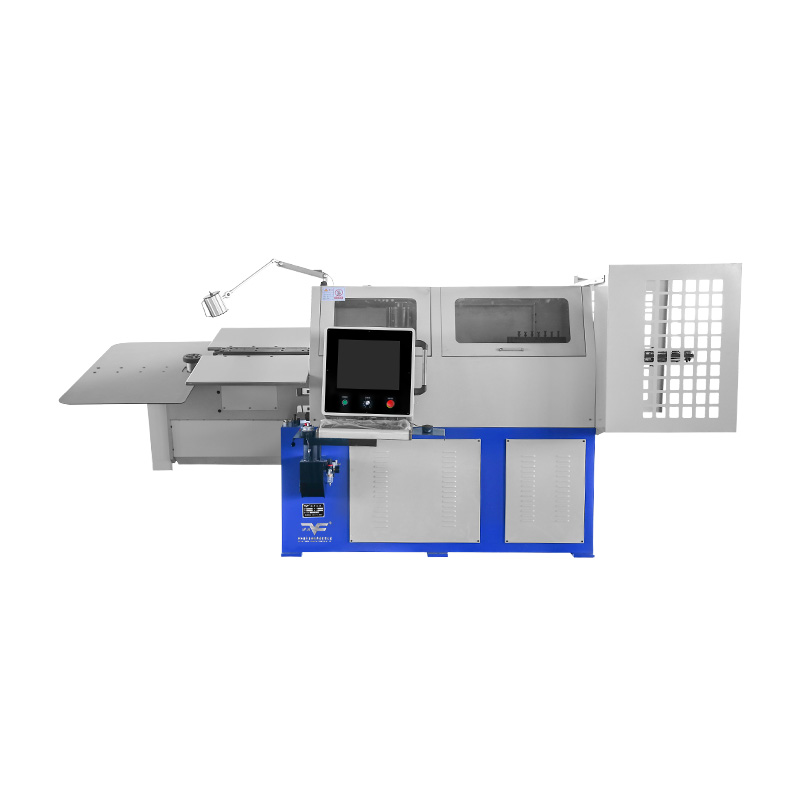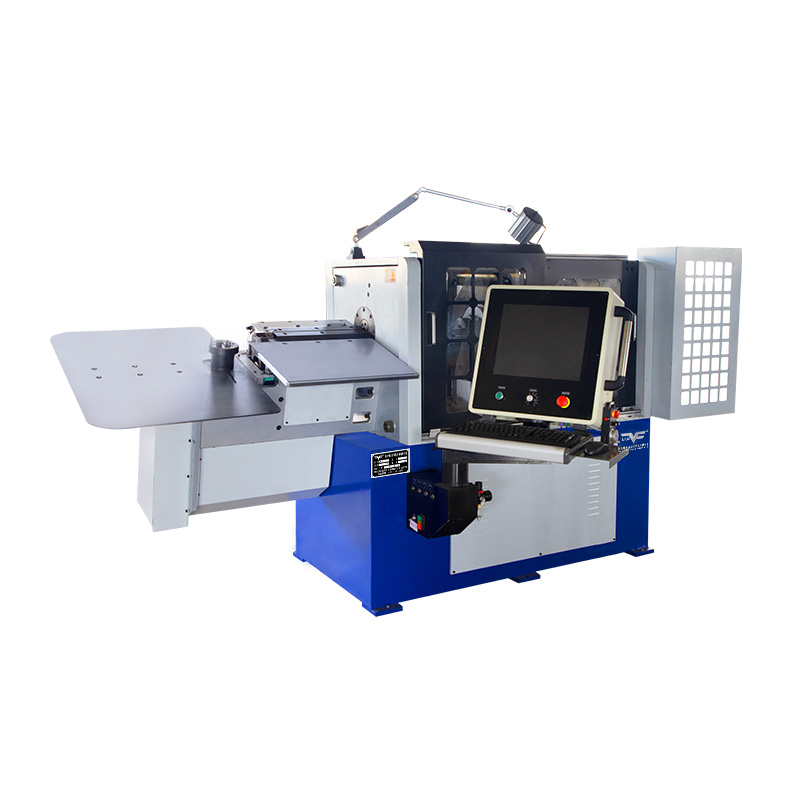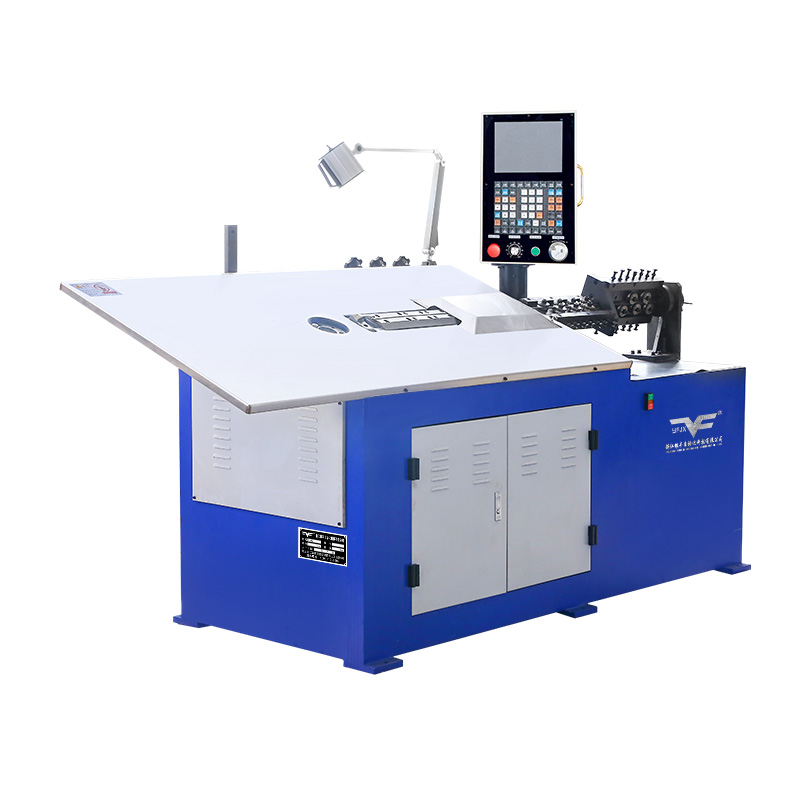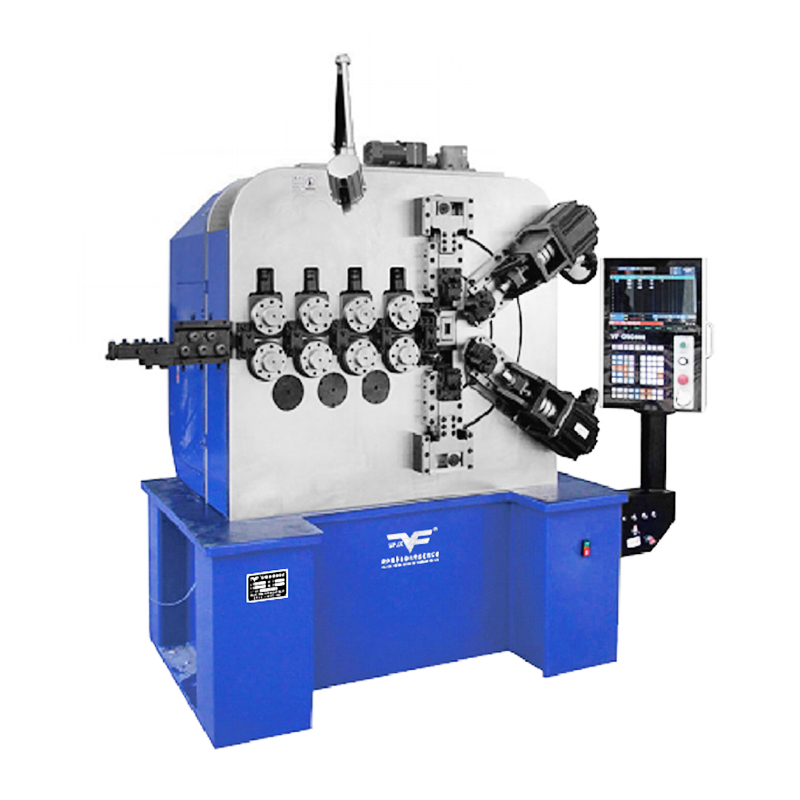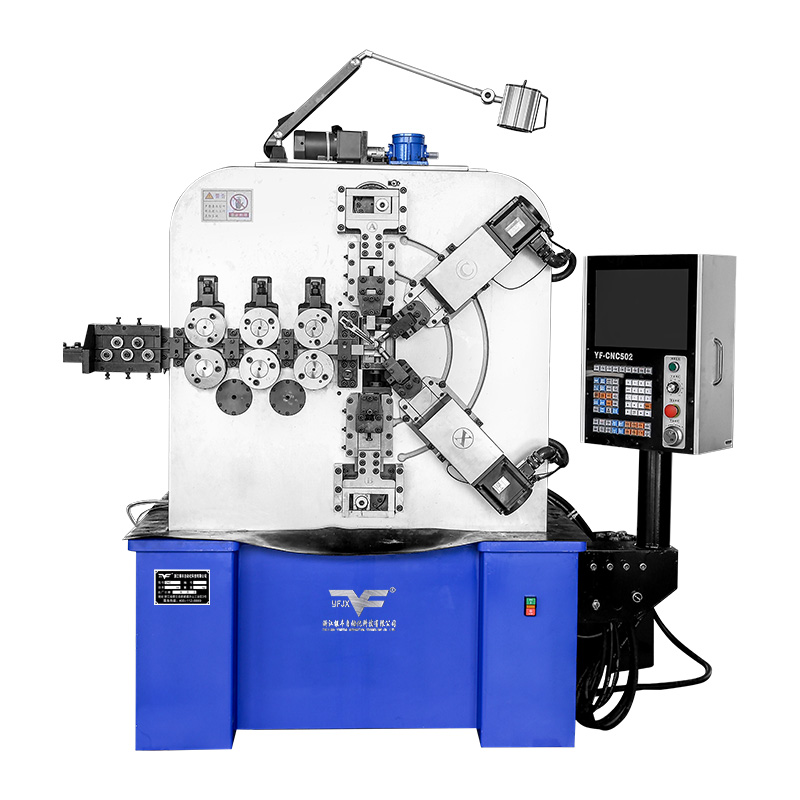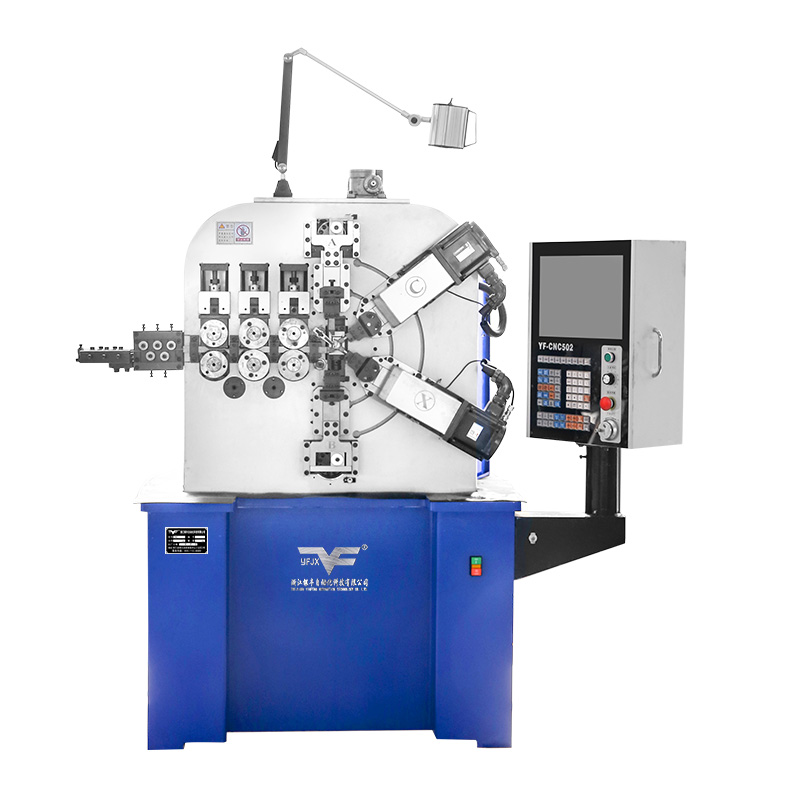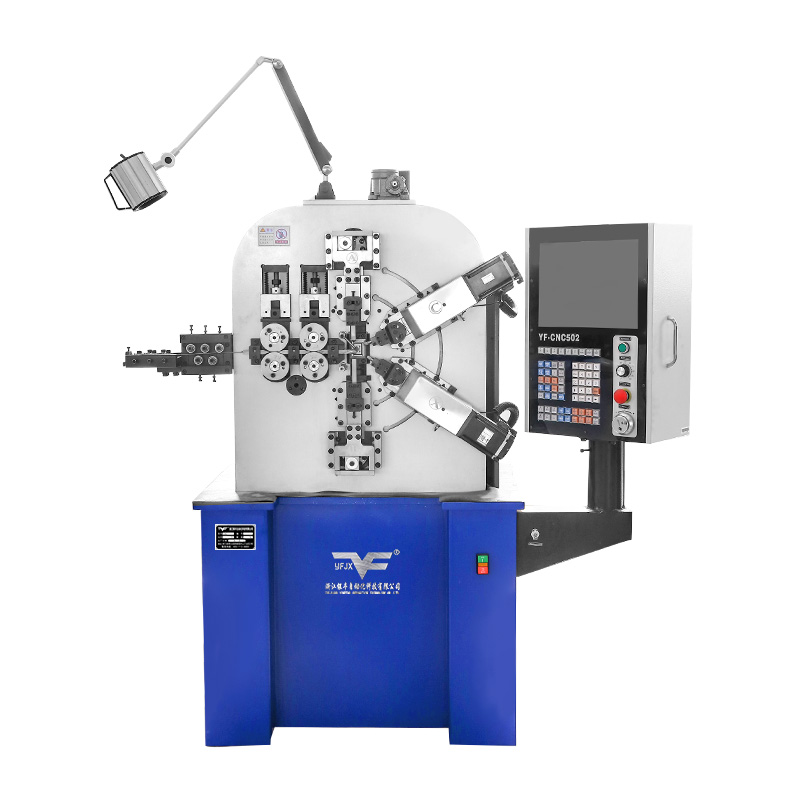How to Choose Between an Automatic Wire Coiling Machine and a Manual One Based on Your Budget?
Industry News-Today we will explore the pros and cons of using a hand wire bender for custom wire shaping projects, comparing it to the capabilities of automatic and homemade wire benders.
Pros of Using a Hand Wire Bender:
1. Control and Precision: Hand wire benders provide the user with a high degree of control over the bending process. This is particularly beneficial for intricate and detailed custom wire shaping projects where precision is key.
2. Versatility: These tools can be used with a variety of wire materials and diameters, making them suitable for a wide range of projects.
3. Portability: Hand wire benders are typically lightweight and compact, allowing for easy transportation and use in different settings.
4. Cost-Effectiveness: Compared to automatic wire benders, hand wire benders are often more affordable, making them an attractive option for hobbyists and small-scale operations.
5. Skill Development: Using a hand wire bender can help develop a craftsman's skill and understanding of the bending process, cause better results over time.
6. Customization: The manual nature of hand wire benders allows for on-the-fly adjustments and customization of the bending process to achieve unique shapes and designs.
7. Low Maintenance: Hand wire benders generally require less maintenance than their automatic counterparts, reducing downtime and associated costs.
8. Simplicity: The straightforward design of hand wire benders means that there is less that can go wrong, making them a reliable choice for consistent use.
9. Quiet Operation: Unlike some automatic wire benders, hand wire benders operate quietly, which can be an advantage in noise-sensitive environments.
10. Sustainability: The manual effort required to use a hand wire bender can be seen as a more sustainable option, reducing reliance on electricity and machinery.
Cons of Using a Hand Wire Bender:
1. Physical Effort: Hand wire benders require physical effort to operate, which can be tiring, especially for large or complex projects.
2. Time Consumption: The manual process of bending wires with a hand wire bender can be time-consuming compared to the rapid output of automatic wire benders.
3. Consistency Issues: While precision is a pro, achieving consistent bends across multiple pieces can be challenging without the uniformity provided by automatic wire benders.
4. Limited Capacity: Hand wire benders may not be suitable for high-volume production, where the speed and efficiency of automatic wire benders are necessary.
5. Skill Requirement: A certain level of skill and experience is required to use a hand wire bender effectively, which can be a barrier for beginners.
6. Repetitive Strain: Prolonged use of a hand wire bender can cause repetitive strain injuries if proper ergonomic techniques are not employed.
7. Complex Shapes: Some complex wire shapes may be difficult or impossible to achieve with a hand wire bender, requiring the use of more sophisticated equipment.
8. Less Automation: The lack of automation means that the user must manually adjust and control every aspect of the bending process, which can be less efficient.
9. Potential for Error: The manual nature of hand wire benders increases the potential for human error, which can affect the quality of the final product.
10. Market Perception: In some industries, products made with hand tools may be perceived as less professional or precise compared to those made with automatic equipment.
The decision to use a hand wire bender, an automatic wire bender, or even a homemade wire bender for custom wire shaping projects depends on various factors, including the scale of the project, the required precision, the available budget, and the skill level of the operator. While hand wire benders offer a high degree of control and customization, they also require physical effort and time. Automatic wire benders provide speed and consistency but may lack the versatility and portability of hand tools.
Homemade wire benders offer a cost-effective solution but may not provide the precision or durability of commercial options. Ultimately, the choice of wire bending tool should be guided by the specific needs and goals of the project at hand.

 English
English русский
русский Español
Español 简体中文
简体中文